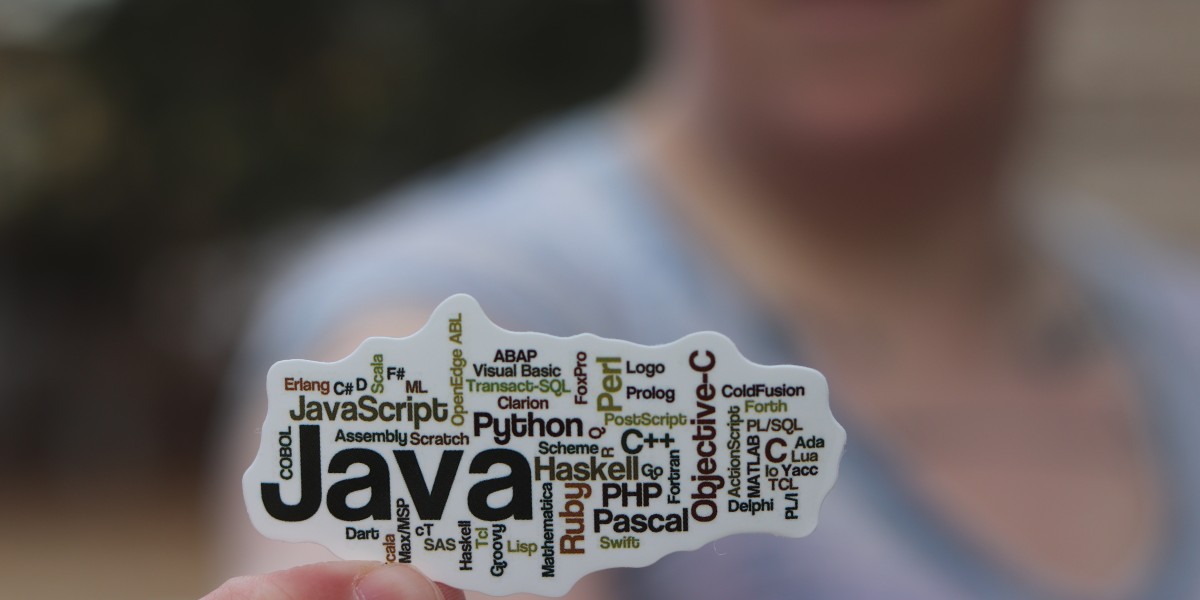Introduction
Java is renowned for its platform independence and security, making it a popular choice for developing a wide range of applications. However, there are times when developers need to interact with native code written in languages like C and C++. This is where the Java Native Interface (JNI) comes into play.
In this comprehensive guide, we will delve deep into JNI, its significance, how it works, and why enrolling in a Java training course in Gurgaon, Allahabad, Mohali, and various other Indian cities is essential to grasp this topic thoroughly.
The Importance of Java Native Interface (JNI)
Before we dive into the intricacies of JNI, let's understand why this technology is essential in the world of Java development:
1. Bridging the Gap: JNI acts as a bridge between Java code and native code. It allows Java applications to call functions written in other languages and vice versa, enabling the integration of existing native libraries.
2. Performance Optimization: Certain tasks are better handled by native code for performance reasons. JNI allows developers to leverage the speed and efficiency of native code when necessary while still benefiting from Java's high-level features.
3. Legacy Integration: In many cases, organizations have legacy systems written in languages like C or C++. JNI enables these legacy systems to work seamlessly with modern Java applications, extending the lifespan and functionality of older software.
4. Platform-Specific Operations: JNI is crucial when dealing with platform-specific operations that are not covered by Java's standard libraries. It provides a way to interact with underlying operating systems and hardware.
How JNI Works
JNI serves as a bridge between Java and native code, facilitating communication between the two. Here's a simplified overview of how it works:
1. Java Code: In your Java application, you define a native method using the `native` keyword. This method has no implementation in Java and serves as a placeholder.
2. Java Compiler: When you compile your Java code, the Java compiler generates a `.class` file that contains information about the native method.
3. Java Virtual Machine (JVM): The Java application runs inside the JVM. When the JVM encounters a call to a native method, it looks for a corresponding library that contains the actual implementation of the method.
4. Native Code Library: The native code, written in languages like C or C++, resides in a shared library or dynamic link library (DLL). This library is loaded by the JVM at runtime.
5. JNI Functions: The JVM uses JNI functions to locate and invoke the native method in the shared library. This allows data to be passed between Java and native code seamlessly.
6. Execution: The native code executes the desired functionality, which might involve interacting with hardware or performing low-level operations.
7. Results: Once the native code completes its task, results are passed back to the Java application through JNI. The Java application can continue its execution using the returned data.
Why Pursue a Java Training Course in India?
While JNI is a powerful tool, working with it requires a deep understanding of both Java and native languages. This is why enrolling in a Java training course in Gurgaon, Allahabad, Mohali, and various other Indian cities offers several advantages:
1. Structured Learning: Java training courses provide a structured curriculum that covers the fundamentals of Java and its advanced features, including JNI. This structured approach ensures a strong foundation.
2. Expert Guidance: Experienced instructors can guide you in understanding the intricacies of JNI. They can provide insights into best practices and potential pitfalls.
3. Hands-On Experience: Courses often include hands-on projects that involve using JNI to integrate Java with native code. This practical experience is invaluable for mastering JNI.
4. Networking: Joining a Java training course connects you with fellow learners and industry experts. Networking can lead to collaborations and career opportunities in the Java development field.
5. Career Opportunities: Java remains one of the most in-demand programming languages. Completing a Java training course can open doors to lucrative job opportunities in India's thriving IT sector.
6. Access to Resources: Courses typically provide access to resources like development environments, libraries, and tools necessary for working with JNI.
Conclusion
The Java Native Interface (JNI) is a powerful tool that enables Java applications to interact with native code seamlessly. Whether you're optimizing performance, integrating legacy systems, or dealing with platform-specific operations, JNI has a crucial role to play in Java development.
However, to harness the full potential of JNI, it's essential to have a solid understanding of Java and native languages like C or C++. Enrolling in a Java training course in various Indian cities not only equips you with the necessary knowledge and skills but also positions you for a successful career in Java development.
In a world where technology is advancing rapidly, mastering JNI is a skill that can set you apart as a proficient and versatile Java developer. Don't hesitate to explore Java training courses available in different cities across India to embark on your journey towards Java expertise.








